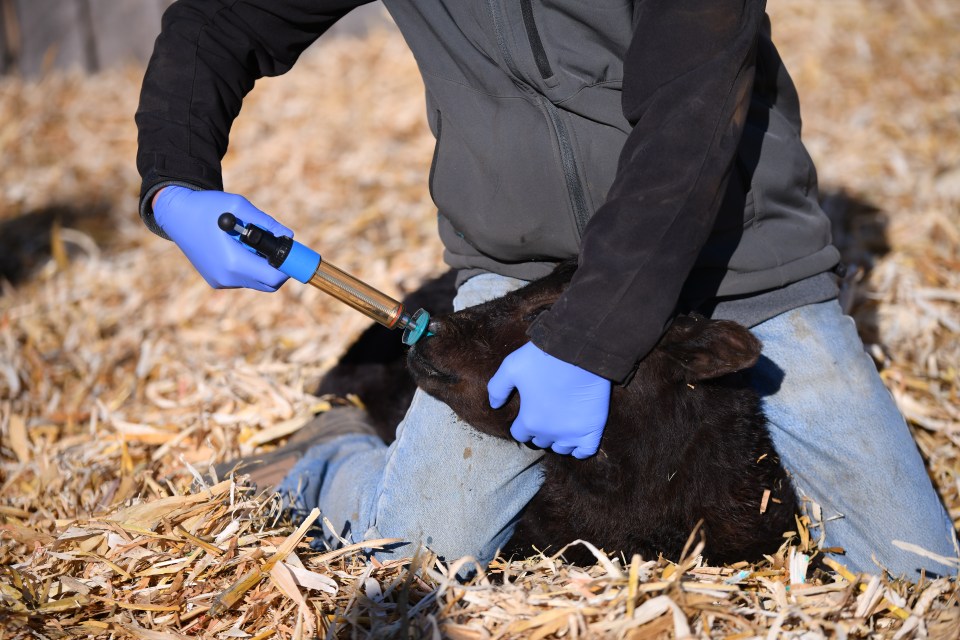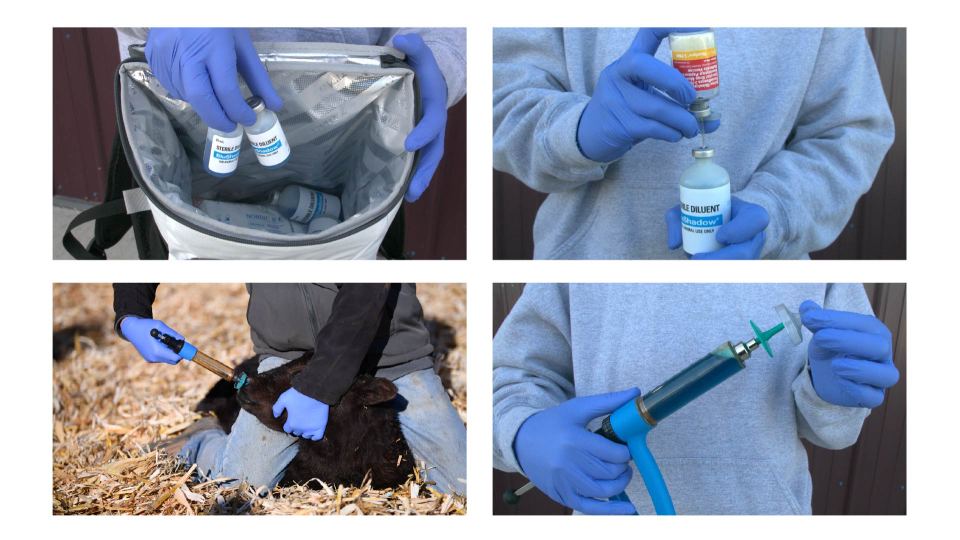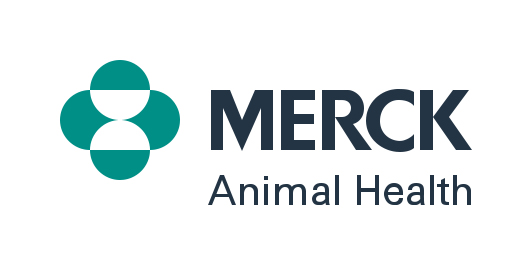Top tips for effective intranasal vaccination in beef calves
By Dr. Tiago Tomazi, Ph.D., D.V.M.
Beef calves are born with immature immune systems that leave them especially susceptible to bovine respiratory disease (BRD). Besides being a challenge to quickly detect and contain, calf pneumonia is a costly and deadly disease that can profoundly impact growth and performance of young calves.
As a result, one of the first steps you can take to level up your calf protocols is to build robust immunity early in life. Providing each calf with an adequate volume of high-quality colostrum as quickly as possible after birth will lay the groundwork for a strong immune system that you can build upon at weaning and beyond.
Vaccination is crucial to support the calf’s immune system and intranasal vaccines are often the first opportunity to do so. Although beef calves can ingest a significant amount of antibodies from their dam’s colostrum and transition milk, intranasal immunization provides an additional layer of protection during the first stage of their lives. BOVILIS® NASALGEN® 3-PMH can help protect calves against both viral and bacterial BRD-causing pathogens starting as early as 1 week of age.

As an intranasal vaccine, it delivers antigens directly to the calf’s nostrils. This method can initiate a rapid immune response with less interference from maternal antibodies acquired through colostrum ingestion. Other benefits of intranasal vaccines include being less stressful on the calf and less likely to induce systemic inflammation compared to injectable vaccines.1
6 steps for successful intranasal administration
Work closely with your veterinarian to establish a vaccination program that helps set your calves on a trajectory of health and productivity. If you decide to implement intranasal vaccination, keep the best practices below in mind. Always assess the overall health of calves first and only vaccinate healthy animals.
1) Properly store vaccines
Extreme temperatures, UV light, and improper handling and storage can reduce the vaccine’s effectiveness. Store and handle both the dehydrated vaccine and sterile diluent according to label directions. For best results, store vaccines in a well-functioning refrigerator used solely for storage of vaccines and equipped with an internal thermometer to monitor the temperature.
2) Carefully mix and handle vaccines
When reconstituting a modified live vaccine, only mix the quantity of bottles needed for immediate use and use the mixed vaccine within one hour. Insert one end of a clean transfer needle into the vaccine bottle and the other end into the sterile diluent. Squeeze enough diluent into the freeze-dried vaccine, swirling or gently rolling until the vaccine is completely dissolved — shaking too vigorously can damage the live organisms in the vaccine. Merge the reconstituted vaccine liquid into the bottle of diluent and apply the vaccine label to the bottle for proper identification.
Mixing procedures may vary depending on the brand and bottle size (number of doses), so double check the product label. Once mixed, use a cooler with ice packs to store vaccines at the proper temperature and out of sunlight. In cold weather, protect vaccines from freezing temperatures.
3) Restrain and position calf
Adequate calf restraint minimizes movement and optimizes efficacy. To restrain the calf’s head securely, wrap one arm around the neck and grasp the head firmly under the jaw. Tilt the head upward to about 45 degrees to effectively distribute the vaccine to nasal passages. Keep in mind, younger calves are typically easier to restrain and less resistant to having their head tilted into the proper position.
4) Effectively administer vaccine
Once calves are positioned and ready, gently insert the applicator with the cannula into the nostril. If using a longer cannula, only insert the tip about half an inch to reach the nasal mucosa without damaging the nasal lining. Depress the plunger to spray the vaccine — either one dose (2 mL) in one nostril or a half dose (1 mL) in each (check product label).
ALLFLEX® CleanVax™ Nozzles feature an atomizer nozzle to reduce product drip and help ensure a hygienic and more even distribution of the vaccine inside the nostril.
5) Prevent cross-contamination between calves
When reloading syringes, always use clean and preferably new needles. Disinfect syringes and cannulas after use with boiling water. Do not sterilize syringes with chemical disinfectants and detergents since they can kill the modified live components. Using ALLFLEX® CleanVax™ disposable shields over cannulas enhances hygiene and mitigates the risk of cross-contamination between calves.
6) Keep accurate vaccination records
Maintain detailed records of vaccinations and monitor calves for adverse reactions. Record vaccine type, date of administration, batch number and observed reactions. BOVILIS NASALGEN 3-PMH includes BluShadow® that makes it easy to visually identify calves that have been vaccinated.

Reminders for effective immunization
For any vaccine to work properly and result in immunization, calves need to be in good health. Ensure calves receive high-quality colostrum, a comfortable environment, and proper hydration and nutrition. Follow up with your veterinarian to evaluate the effectiveness of the vaccination program and make any necessary adjustments based on the herd’s health status.
References
- Engelken, T. J., Roth, J. A., Renter, D. G., Meyer, B. D., Burdett, W. W., Hill, K. L. The Effect of respiratory vaccine components and route of delivery on weight gain and inflammatory response in suckling beef calves. Bov. Pract. 2016. 50(2)165-74. https://doi.org/10.21423/bovine-vol50no2p165-174.
Find more content for your beef operation.
About the author

Dr. Tiago Tomazi, Ph.D., D.V.M.
Dairy Technical Services,
Merck Animal Health
